The Digital Advertising Revolution of 2025
The digital advertising landscape has undergone a massive transformation in 2025. This isn’t just another platform update or minor feature addition – it represents a complete shift in how Google Ads operates. Three major forces are driving this change: artificial intelligence taking control of campaign management, the elimination of third-party cookies, and users searching in new visual ways.
Traditional advertising methods that worked perfectly just a few years ago are now ineffective. The manual, hands-on approach to campaign management has become obsolete because Google’s AI systems can now process information and make decisions faster and more accurately than any human could.
This guide explains what’s changed, why these changes matter, and most importantly, how businesses can adapt to succeed in this new environment.
Part 1: Understanding Why Everything Changed
Artificial Intelligence Takes Control
The biggest change in Google Ads is that artificial intelligence now controls almost every aspect of ad campaigns. AI is no longer a helper tool – it’s become the main driver of:
- Bidding decisions: The system adjusts bids automatically based on millions of data points
- Audience targeting: AI identifies the best potential customers to show ads to
- Ad creation: The system can write headlines and descriptions automatically
- Performance optimization: Real-time adjustments happen without human input
This shift makes the old approach of manually managing every detail impossible to compete with. The AI can analyze competitor activity, economic trends, seasonal patterns, and user behavior simultaneously – something no human team could match.
For example, while a human might check and adjust bids once or twice per day, Google’s AI makes these decisions thousands of times per hour based on real-time data. This speed and scale advantage means manual bid management is no longer a viable strategy.
The End of Traditional Keyword Strategy
Keywords still matter, but they work completely differently now. The old method of creating separate ad groups for each individual keyword (called Single Keyword Ad Groups or SKAGs) is disappearing. Instead, the focus has shifted to grouping 2-3 closely related keywords together using what’s called Highly Themed Ad Groups (HTAGs).
Even more significantly, “exact match” keywords no longer work exactly as their name suggests. When advertisers select exact match keywords, their ads can still appear for searches that Google’s AI determines have the same intent, even if the actual words are different.
The system now prioritizes understanding what users actually want rather than matching their exact search terms. This means advertisers need to think about customer intent and goals rather than specific word combinations.
Google encourages the use of “broad match” keywords combined with “search themes” – general guidance about what the advertiser wants to target, rather than strict rules about when ads should appear.
The Privacy Revolution Changes Everything
Third-party cookies, which have been essential for tracking users across websites, are being eliminated in early 2025. This change affects fundamental advertising activities like:
- Retargeting: Showing ads to people who previously visited a website
- Cross-site tracking: Following users as they browse different websites
- Attribution: Understanding which ads led to sales or conversions
Without these cookies, traditional tracking and targeting methods no longer function effectively. This creates a major challenge for businesses that have relied on borrowed data from external sources.
The solution lies in first-party data – information that businesses collect directly from their own customers. This includes email addresses, purchase history, website behavior, and customer preferences. Companies with strong first-party data collection will have a significant advantage over those that don’t.
Search Results Look Completely Different
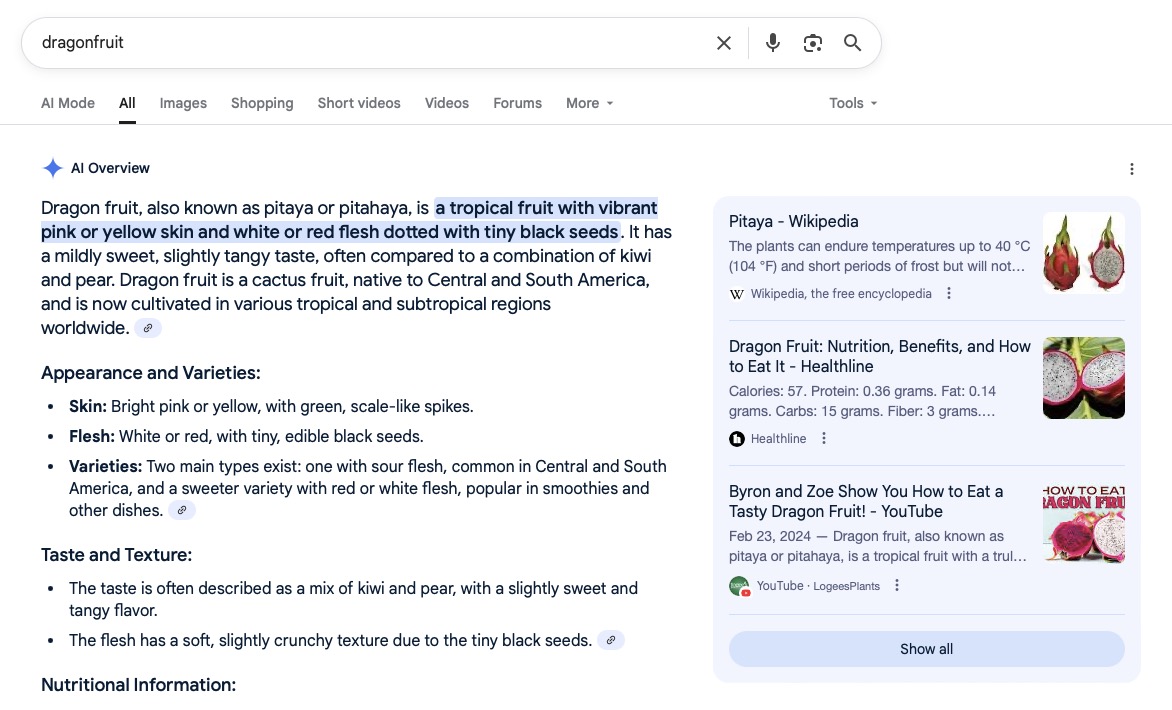
Google’s search results page has transformed from a simple list of links into a visual, ad-heavy experience. The traditional “10 blue links” format is gone, replaced by:
- AI Overviews: AI-generated summaries that appear at the top of search results
- Visual content: Images and videos integrated throughout results
- More ads: Advertising takes up more space on the results page
This change makes organic search results less prominent while increasing the importance of paid advertising. The search results page now feels more like browsing a magazine or social media feed than reading a simple list.
Additionally, users are increasingly searching using images through tools like Google Lens and “Circle to Search.” This means businesses need high-quality visual content to be found when people search by taking photos of products or locations.
Part 2: The New Google Ads Ecosystem
Performance Max: The Central Campaign Engine
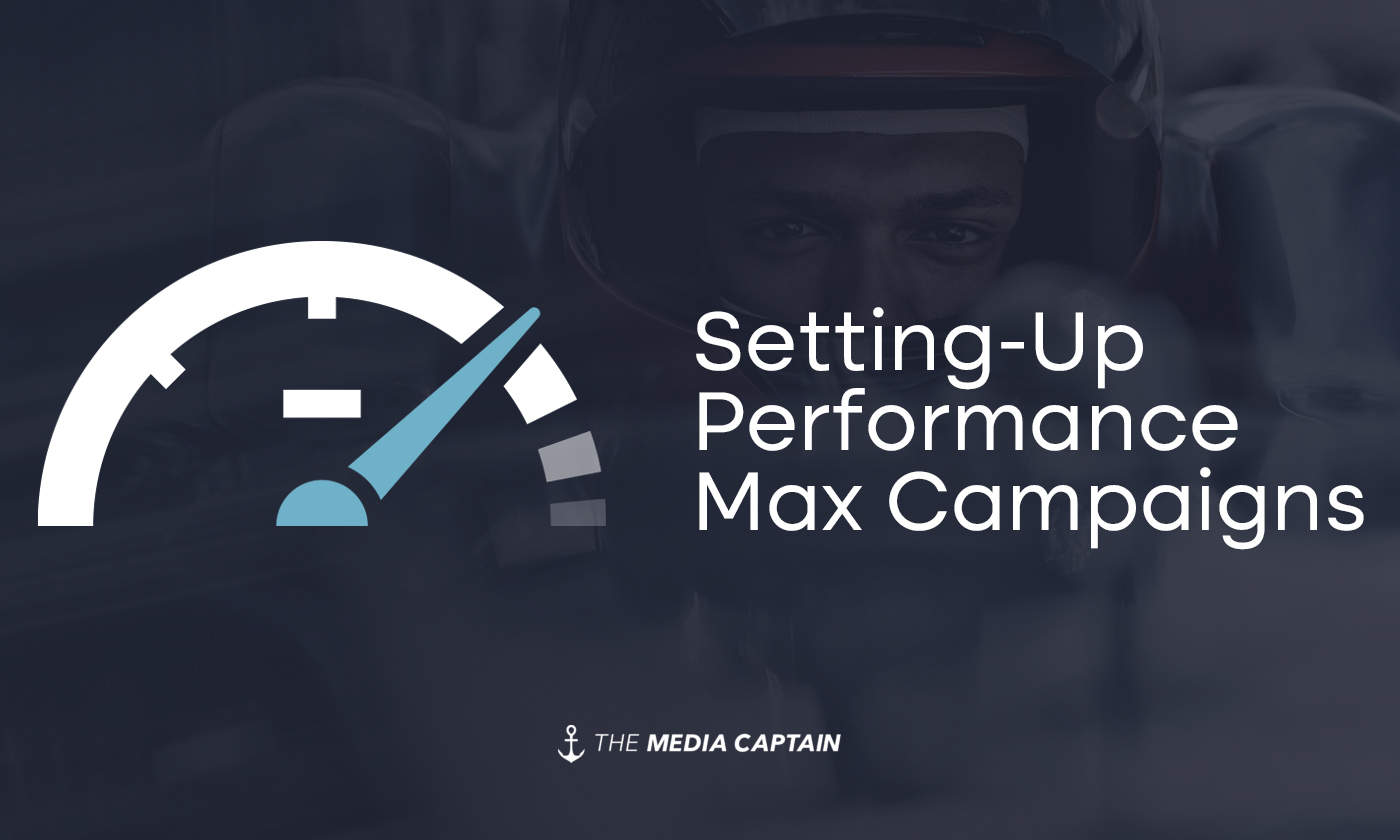
Performance Max (PMax) has become the primary campaign type for most advertisers in 2025. Unlike traditional campaigns that target specific Google services, Performance Max creates a single campaign that can appear across:
- Google Search results
- YouTube videos
- Gmail inbox
- Google Maps
- Display network websites
- Google Discover feed
The results speak for themselves: Performance Max campaigns typically show more than 10% improvement in conversions and up to 30% better efficiency compared to traditional campaign types.
Initially, Performance Max lacked the control features that experienced advertisers needed. However, Google has added crucial capabilities in 2025:
Campaign-Level Negative Keywords: Advertisers can now exclude up to 10,000 irrelevant search terms to prevent wasted spending on unrelated clicks.
Brand Exclusions: Businesses can remove their brand name from targeting to focus on reaching new customers rather than people already familiar with their company.
Demographic and Device Controls: New targeting options allow advertisers to specify exactly who should see their ads and on which devices.
High-Value Customer Mode: Using customer data, the AI can prioritize attracting new customers who are likely to be more valuable to the business.
These additions address the main concerns advertisers had about Performance Max: lack of transparency and control. With these new features, Performance Max becomes a more mature and trustworthy advertising solution.
Beyond Performance Max: Additional AI-Powered Tools
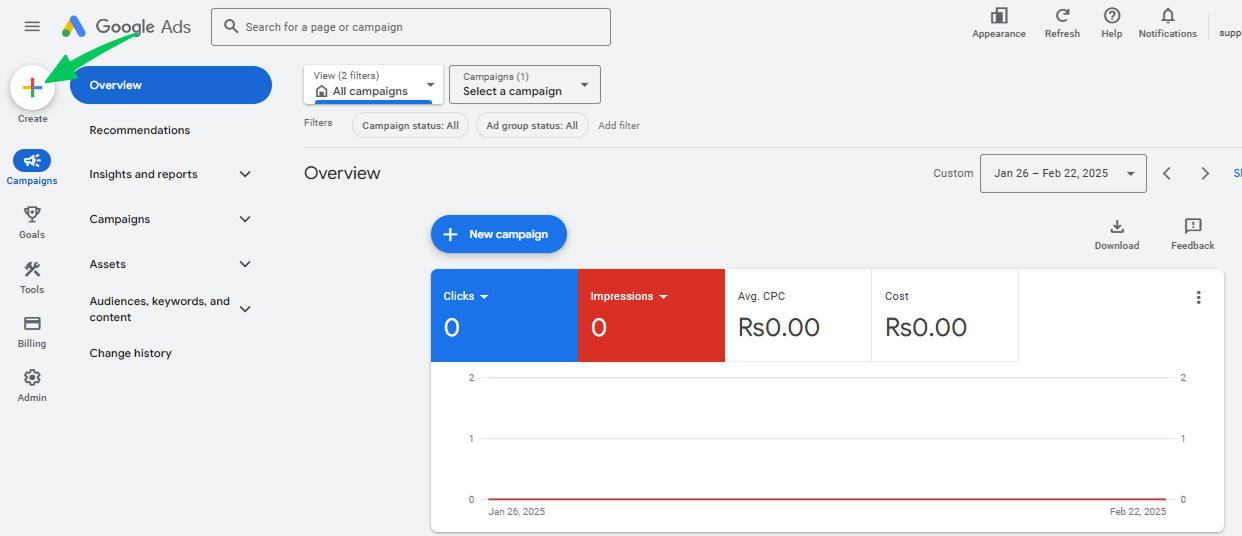
Google’s AI improvements extend beyond Performance Max to other campaign types and creative tools:
Demand Generation Campaigns: These upgraded campaigns focus on attracting high-intent users through visual content on YouTube, Google Discover, and Gmail. They’re particularly effective for businesses that can create compelling video and image content.
AI-Powered Creative Tools: New tools like “VideoGen” can automatically create video advertisements from product information or website content. The AI can also rewrite headlines and descriptions for text ads to improve performance.
Enhanced Responsive Search Ads: These ads automatically test different combinations of headlines and descriptions, with AI determining the best combinations for each user and situation.
The quality of creative assets has become more important than ever. If advertisers don’t provide high-quality images, videos, and text, the AI will create generic alternatives that may not represent the brand effectively.
New Measurement and Data Requirements
The shift toward AI and the elimination of third-party cookies has created new requirements for data collection and measurement:
First-Party Data Tools: Features like Customer Match, Enhanced Conversions, and Offline Conversion Imports have become essential for providing the AI with the information it needs to optimize effectively.
Focus on Conversion Quality: The new system emphasizes valuable conversions rather than just high quantities of low-value actions. Advertisers need to provide information about lead scores, customer lifetime value, and other quality metrics.
Business Verification Requirements: New policies require advertisers to verify their business information and clearly label AI-generated content in their ads. This improves user trust but adds compliance requirements for advertisers.
Privacy-First Measurement: New measurement tools work without relying on third-party cookies, but they provide less detailed information than previous tracking methods.
Part 3: Strategies for Success in 2025
The New Role of Advertisers

The role of advertising professionals has fundamentally changed. Instead of being hands-on campaign operators, successful advertisers in 2025 function as “AI orchestrators” who:
Provide Strategic Direction: Rather than managing daily tactical details, advertisers set high-level goals and strategies for the AI to follow.
Supply High-Quality Inputs: The most important task is feeding the AI system with excellent creative assets, accurate conversion data, and meaningful customer information.
Monitor and Guide: Advertisers watch for performance trends and use available controls (like negative keywords) to steer the AI when it goes off course.
Interpret Results: Understanding what the AI’s performance data means for business goals and making strategic adjustments accordingly.
The human value has shifted from tactical execution to strategic oversight. While AI handles the complex, rapid-fire optimization decisions, humans provide the business context and creative direction that machines cannot replicate.
Building Successful Campaigns: A Practical Framework
1. Establish Clear Business Goals
Successful campaigns start with specific, measurable objectives. Instead of vague goals like “get more traffic,” effective campaigns target outcomes like:
- Increase qualified leads by 25%
- Achieve $5 return on ad spend
- Acquire 100 new customers per month
- Generate $50,000 in revenue
2. Implement Proper Campaign Structure
The new standard for campaign organization uses Highly Themed Ad Groups (HTAGs), which group 2-3 closely related keywords that share the same user intent. This approach works better with AI optimization than the old method of individual keyword ad groups.
Branded keywords should be separated into their own campaigns to avoid skewing performance data and to get clear insights into how well campaigns attract new customers versus existing ones.
3. Optimize for Conversion Value, Not Volume
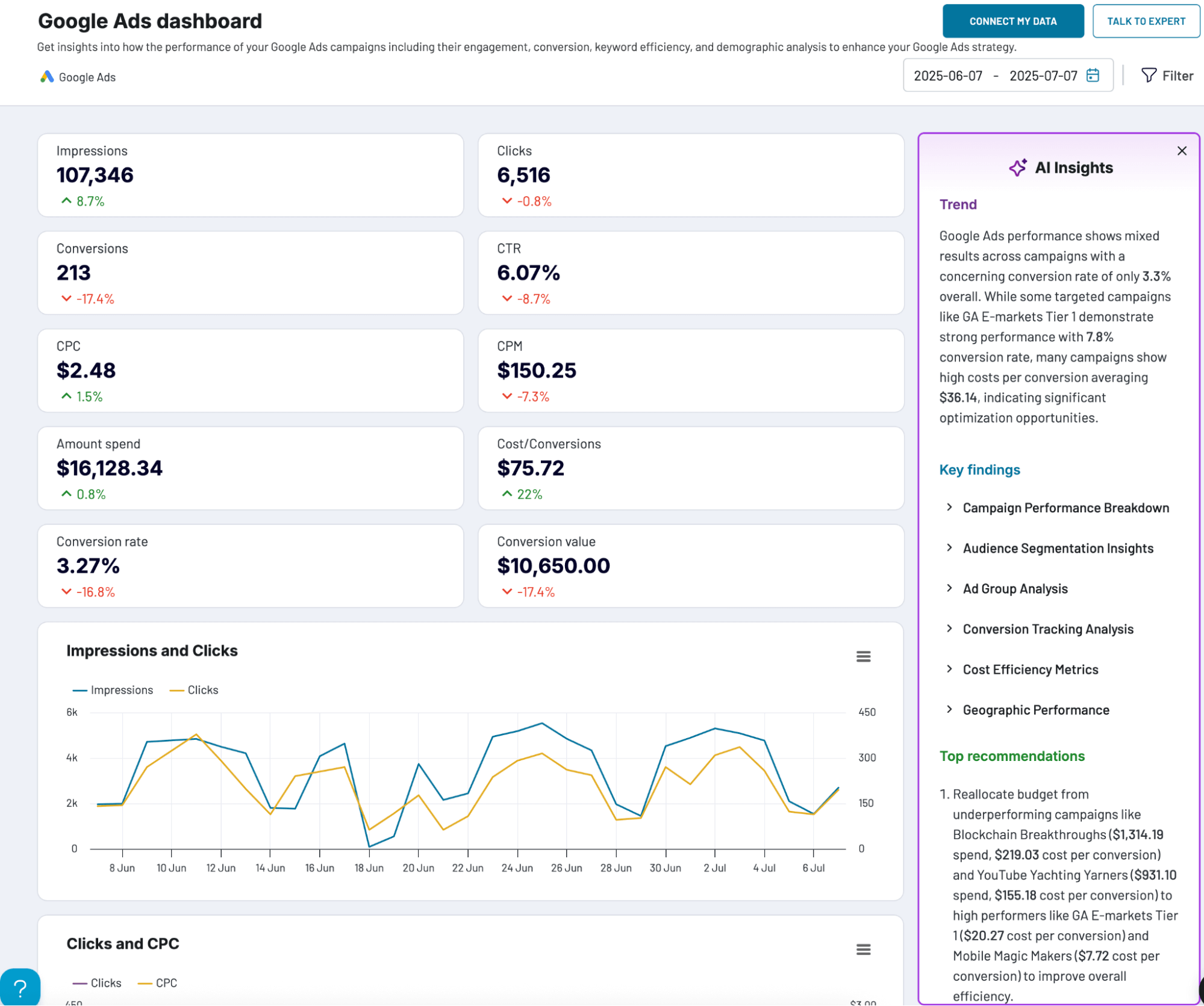
Success in 2025 requires focusing on the quality of conversions rather than just their quantity. This means:
- Using Smart Bidding strategies like Target ROAS (Return on Ad Spend)
- Providing conversion value data to help AI understand which actions are most valuable
- Setting up lead scoring to identify high-quality potential customers
- Tracking customer lifetime value to optimize for long-term business success
4. Prioritize Landing Page Experience
Even the most advanced AI cannot overcome a poor user experience on the advertiser’s website. Essential elements include:
- Fast loading speeds (under 3 seconds)
- Mobile-friendly design
- Clear connection between ad message and page content
- Easy conversion process (simple forms, clear calls-to-action)
- Relevant, helpful information that matches user intent
5. Leverage Available Insights
While advertisers have less granular control than before, valuable insights are still available:
Search Terms Reports: Show which actual search queries triggered ads, helping identify new keyword opportunities and irrelevant terms to exclude.
Insights Tab: Provides information about rising search trends and seasonal patterns that can inform campaign strategy.
Performance Data: Reveals which audiences, locations, and times produce the best results, enabling strategic adjustments.
Advanced Strategies for Competitive Advantage
First-Party Data Collection
Businesses that excel in 2025 have robust systems for collecting and utilizing customer data:
- Email capture through valuable content offers
- Customer surveys to understand preferences and needs
- Purchase history tracking for lifetime value calculations
- Website behavior analysis to understand user journeys
- App usage data for mobile-focused businesses
Creative Asset Optimization
The AI’s performance depends heavily on the quality of creative materials provided:
- Professional product photography from multiple angles
- Short, engaging video content that demonstrates products or services
- Clear, benefit-focused headlines and descriptions
- Mobile-optimized visuals that work across all devices
- Consistent brand messaging across all assets
Advanced Audience Strategies
Sophisticated advertisers use multiple audience approaches:
- Customer Match lists for retargeting valuable segments
- Similar Audiences to find new customers who resemble existing ones
- In-Market Audiences for people actively researching products
- Custom Intent Audiences based on specific behaviors and interests
Part 4: Measuring Success in the New Environment
Key Performance Indicators That Matter
Traditional metrics like click-through rates and cost-per-click are less important in 2025. The focus has shifted to business-outcome metrics:
Conversion Value: Total revenue or value generated by campaigns Return on Ad Spend (ROAS): Revenue divided by advertising cost Customer Acquisition Cost: Total cost to acquire each new customer Lifetime Value: Long-term revenue expected from each customer Conversion Rate: Percentage of ad clicks that result in valuable actions
Attribution and Measurement Challenges
The elimination of third-party cookies has made measurement more complex:
- Cross-device tracking is less precise
- Multi-touch attribution is more difficult
- Some conversions may not be attributed to ads
- Reporting delays are more common
- Data aggregation may hide some details
However, new measurement solutions are emerging:
- Enhanced Conversions use first-party data for better tracking
- Modeling helps estimate unmeasured conversions
- Privacy-safe measurement protects user information while providing insights
Setting Realistic Expectations
Success in 2025 requires understanding that:
- Results may take longer to appear as AI systems learn
- Performance data will be less granular than before
- Some measurement gaps are inevitable due to privacy changes
- Focus should be on overall business outcomes rather than detailed attribution
Part 5: Common Mistakes to Avoid
Over-Managing AI Systems
Many advertisers struggle with giving up control and try to micromanage AI-driven campaigns. Common mistakes include:
- Making frequent manual bid adjustments
- Constantly changing campaign settings
- Not allowing enough time for AI optimization
- Fighting against AI recommendations without clear business reasons
Neglecting Creative Quality
Since AI amplifies the impact of creative assets, poor-quality materials significantly hurt performance:
- Using low-resolution images
- Creating generic, non-specific ad copy
- Ignoring mobile user experience
- Failing to test different creative approaches
Insufficient Data Foundation
Campaigns struggle without proper data infrastructure:
- Inadequate conversion tracking setup
- Missing first-party data collection
- Poor data quality with duplicate or incorrect information
- Lack of integration between advertising and customer data systems
Focusing on Vanity Metrics
Success requires tracking metrics that actually matter to business outcomes:
- Prioritizing clicks over conversions
- Emphasizing reach over revenue
- Focusing on cost-per-click instead of return on investment
- Measuring activity rather than results
The Future of Google Ads: What’s Coming Next
Continued AI Evolution
Google’s AI systems will continue becoming more sophisticated:
- Better understanding of user intent and context
- More accurate prediction of conversion likelihood
- Improved creative generation and optimization
- Enhanced cross-platform campaign coordination
Privacy-First Innovation
New solutions will emerge to replace third-party cookie functionality:
- Advanced first-party data utilization
- Privacy-preserving measurement techniques
- Improved customer matching capabilities
- Better cross-device identification methods
Visual and Voice Search Growth
Search behavior will continue evolving:
- Increased use of image-based searches
- Growth in voice-activated queries
- More visual content in search results
- Integration with augmented reality experiences
Automation Expansion
More campaign management tasks will become automated:
- Automatic campaign type selection
- AI-driven budget allocation across campaigns
- Predictive performance forecasting
- Autonomous creative testing and optimization
Conclusion: Adapting to the New Reality
The transformation of Google Ads in 2025 represents more than just platform updates – it’s a fundamental shift in how digital advertising works. The old methods of manual campaign management, strict keyword control, and reliance on third-party data are not just less effective; they’re incompatible with the new AI-driven ecosystem.
Success in this new environment requires a different mindset and approach:
Strategic Thinking: Focus on high-level business goals rather than tactical campaign details Quality Over Control: Provide excellent creative assets and data rather than trying to control every detail Partnership with AI: Work with automated systems rather than fighting against them Continuous Learning: Stay updated on new features and best practices as the platform evolves
The businesses that adapt to these changes will find significant opportunities for growth and efficiency. Those that resist the transformation will struggle to compete effectively.
The key is understanding that this shift isn’t temporary – it’s the new foundation of digital advertising. The companies that embrace AI-powered advertising while maintaining strong strategic oversight will be best positioned for success in 2025 and beyond.
For businesses ready to make this transition, the potential rewards are substantial: more efficient campaigns, better customer targeting, and improved return on advertising investment. The tools and strategies outlined in this guide provide a roadmap for navigating this new landscape successfully.
The future of Google Ads is here, and it’s powered by artificial intelligence. The question isn’t whether to adapt to these changes, but how quickly and effectively businesses can transform their approach to thrive in this new environment.

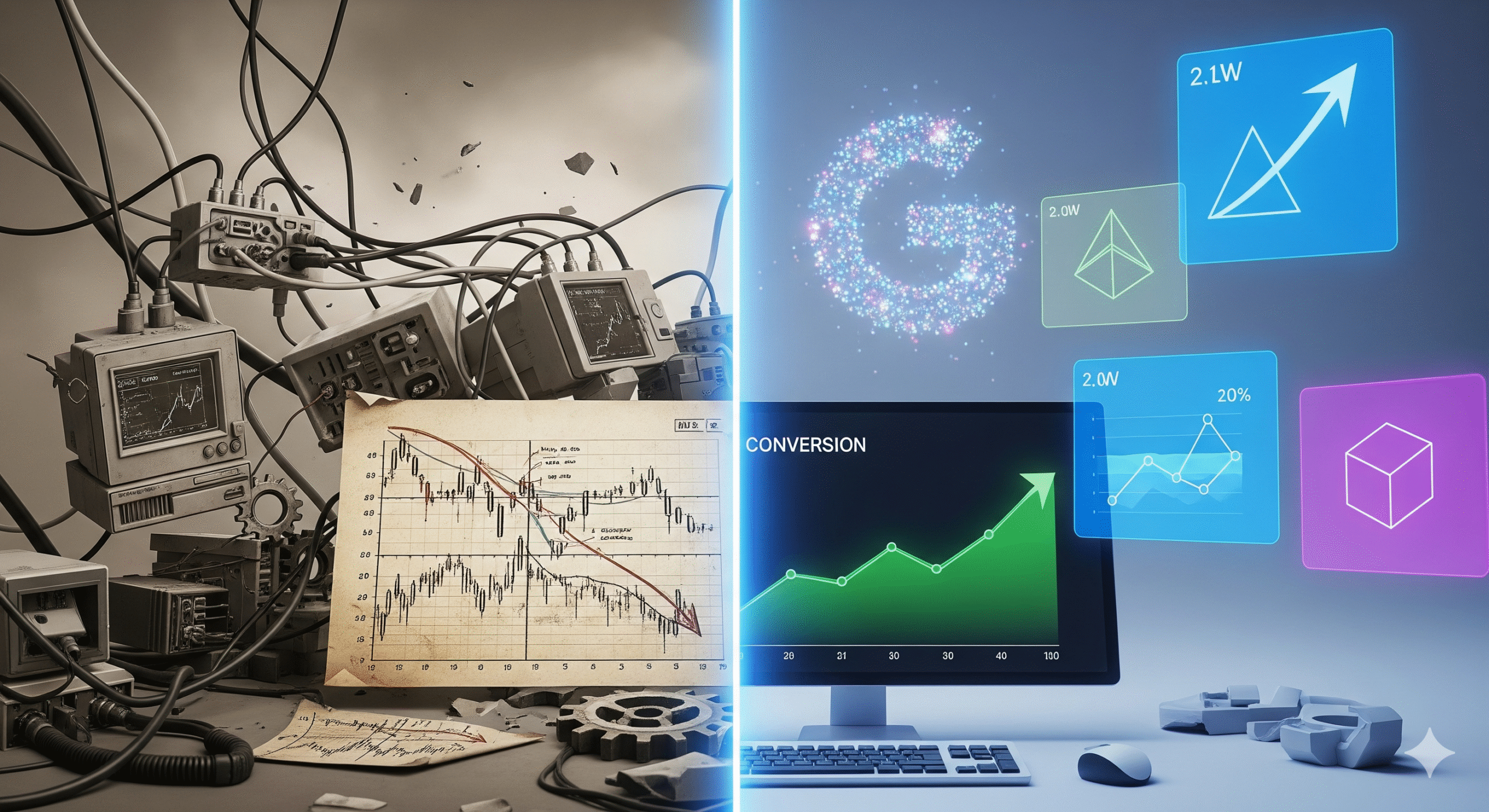
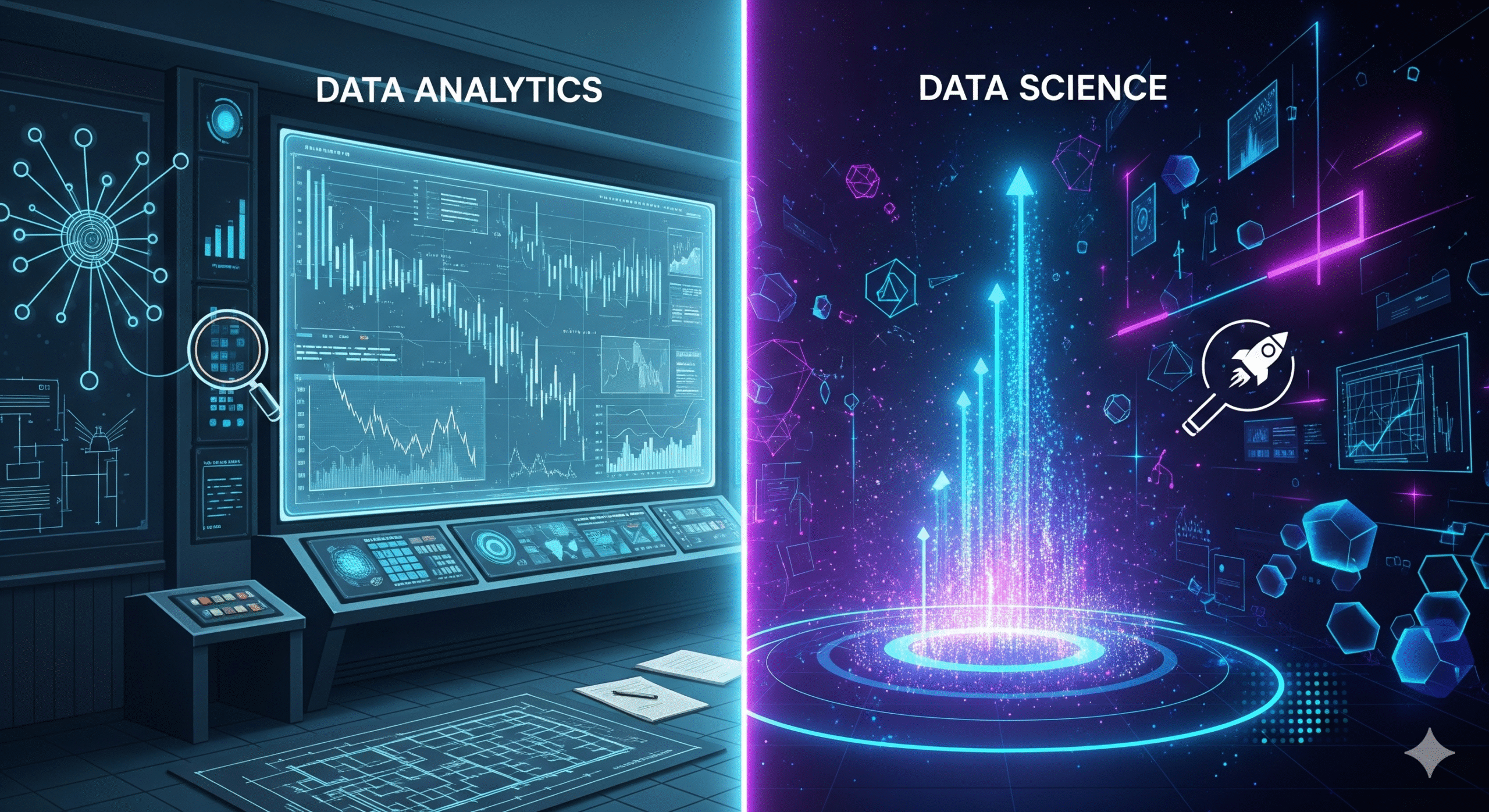
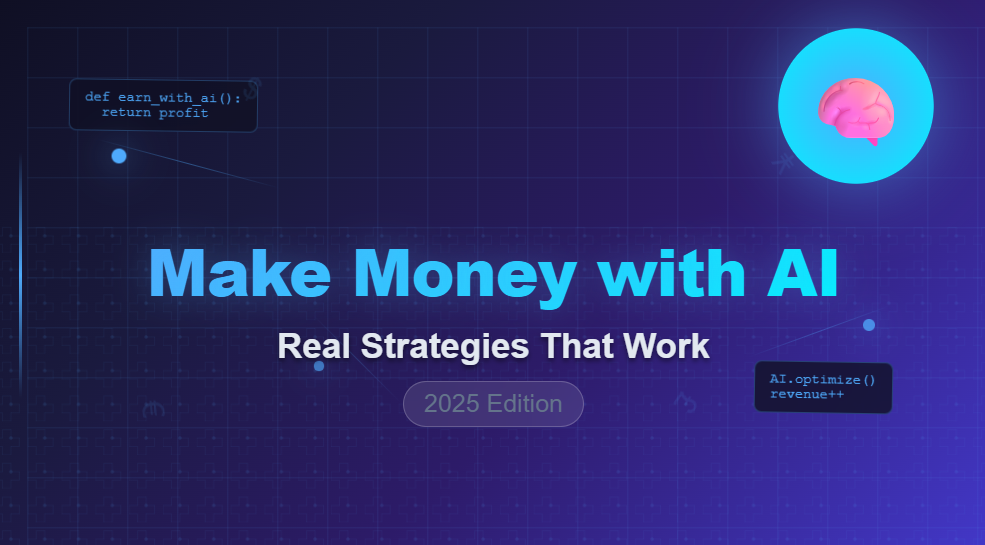
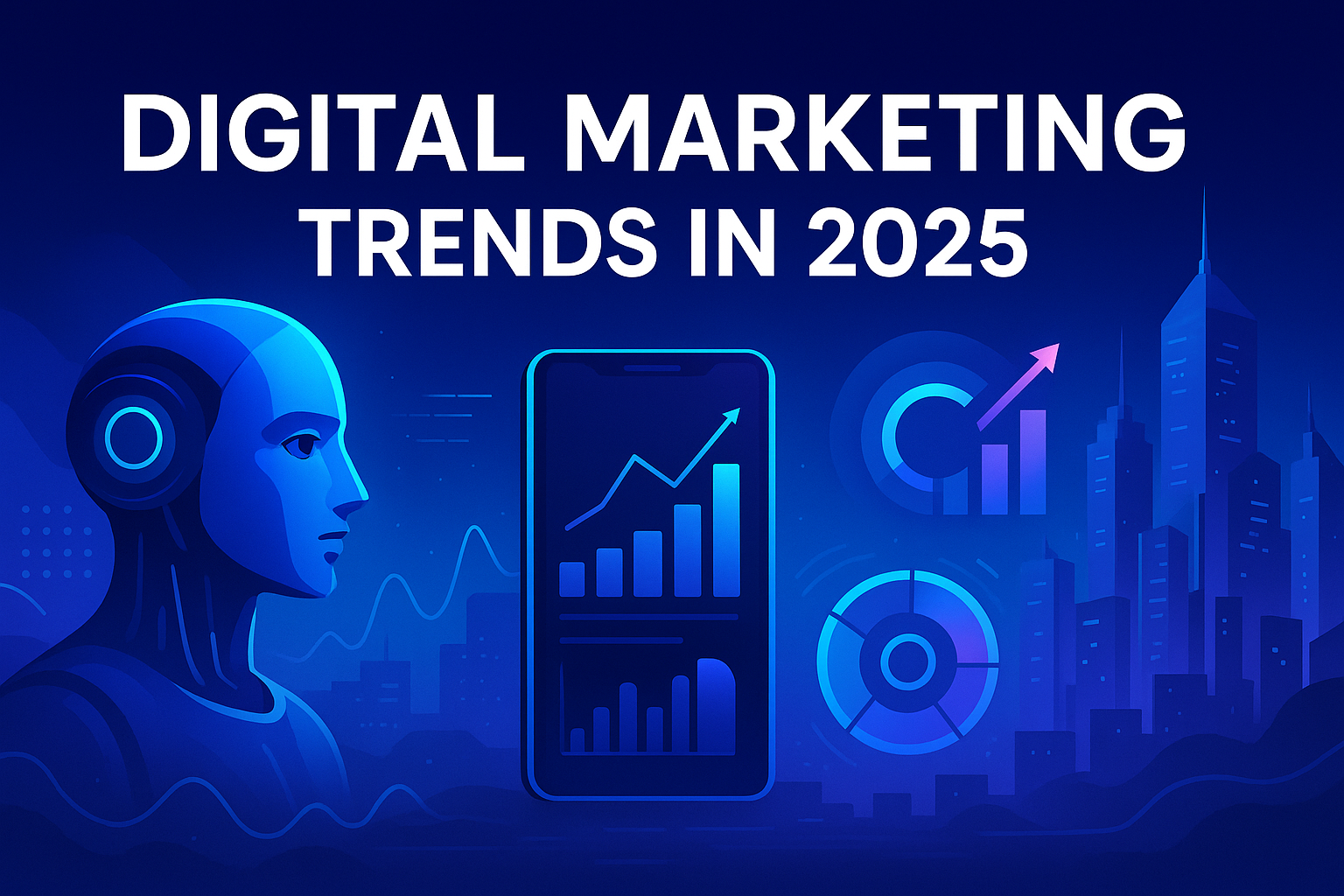
2 Comments
I just wanted to drop by and say how much I appreciate your blog. Your writing style is both engaging and informative, making it a pleasure to read. Looking forward to your future posts!
Hello my loved one I want to say that this post is amazing great written and include almost all significant infos I would like to look extra posts like this